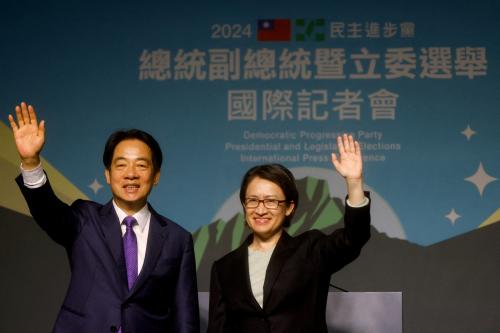The November 1998 state visit to Japan by Chinese President Jiang Zemin was historically significant in that it was the first visit to Japan by a Chinese head of state. However, many people, including policymakers in Japan, had the impression that the visit not only failed to promote Japan-China relations, but actually strengthened anti-Chinese sentiments among the Japanese public. Nevertheless, both governments treated the Japan-China Joint Declaration On Building a Partnership of Friendship and Cooperation for Peace and Development—issued by the two governments on the occasion of Jiang’s visit—as a third important bilateral document, following the 1972 Joint Communiqué and the 1978 Treaty of Peace and Friendship. The two sides repeatedly have stressed that all problems should be handled in line with these three documents. There is a belief, especially among policymakers, that the 1998 Joint Declaration will be the bilateral framework upon which a strong partnership will be built for at least the first decade of the 21st century.
Relations between China and Japan, however, were shaken—even after the Joint Declaration was issued—by incidents such as Chinese maritime research activities and Chinese criticism of a Japanese history textbook. Moreover, the tendency of the Japanese public to see China as a potential threat has not disappeared. Because the Joint Declaration was agreed to as the guidelines upon which Japan-China relations should be conducted in the coming century, we must examine how the document was produced, and what it means, in order to gauge the distance between aspiration and reality in Japan-China relations, and seek to best manage bilateral relations in the coming years. This examination will be done through interviews of those who were engaged in the negotiations over the Joint Declaration and by scrutinizing several classified internal Japanese government documents.

